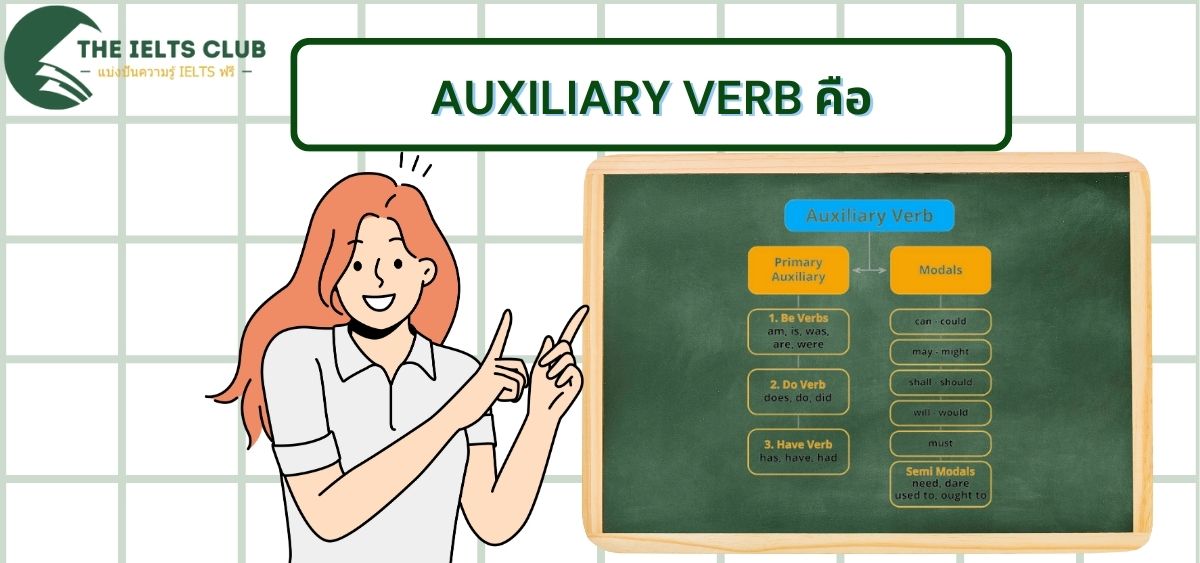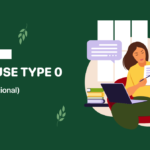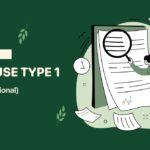ในภาษาอังกฤษ, auxiliary verb คือ คำกริยาช่วยที่ใช้ร่วมกับคำกริยาอื่นเพื่อสร้างรูปแบบต่าง ๆ ของประโยค อาจจะช่วยในการสร้าง tense (เวลา), voice (เสียง), mood (อารมณ์) หรือ form (รูปแบบ) ของประโยคต่าง ๆ ในภาษาอังกฤษ การเข้าใจการใช้ auxiliary verb อย่างถูกต้องสามารถทำให้การสื่อสารภาษาอังกฤษของคุณมีความหลากหลายและถูกต้องยิ่งขึ้น บทความนี้จะช่วยให้คุณเข้าใจว่า auxiliary verb คืออะไร, ประเภทของ auxiliary verbs, และหน้าที่ต่าง ๆ ของคำกริยาช่วยในภาษาอังกฤษ
I. Auxiliary Verb คืออะไร?
Auxiliary verb คือ คำกริยาที่ใช้ร่วมกับคำกริยาหลักเพื่อสร้างโครงสร้างประโยคที่ถูกต้อง และเพิ่มความหมายพิเศษให้กับประโยคในภาษาอังกฤษ เช่น การสร้าง tense (เช่น ปัจจุบัน, อดีต), voice (เช่น active หรือ passive), mood (เช่น indicative หรือ imperative), และ form (เช่น continuous หรือ perfect)
ตัวอย่างของ auxiliary verbs ที่ใช้บ่อยในภาษาอังกฤษ ได้แก่:
- Verb To Be (am, is, are, was, were)
- Verb To Have (have, has, had)
- Verb To Do (do, does, did)
- Modal verbs (can, could, will, would, shall, should, may, might, must, etc.)
การใช้ auxiliary verbs ทำให้เราได้ประโยคที่มีความหมายที่ชัดเจนขึ้น ตัวอย่างเช่น:
- She is running. (She + verb to be + running)
(เธอกำลังวิ่ง) – ใช้ auxiliary verb “is” เพื่อแสดงถึงรูปแบบ continuous tense (กำลังทำ) - I have finished my work. (I + verb to have + finished)
(ฉันทำงานเสร็จแล้ว) – ใช้ auxiliary verb “have” เพื่อแสดงรูปแบบ perfect tense (เสร็จแล้ว)
II. Auxiliary Verb มีกี่กลุ่ม?

1. Auxiliary Verb To Be
Verb To Be เป็น auxiliary verb ที่ใช้เพื่อช่วยในการสร้าง tense หรือ voice ในภาษาอังกฤษ เช่น:
- am, is, are, was, were
- ใช้ในการสร้าง continuous tense (เช่น, present continuous: “She is running.”)
- ใช้ในการสร้าง passive voice (เช่น, “The book is read by her.”)
2. Auxiliary verb To Have
To Have ใช้เพื่อแสดง perfect tense เช่น:
- have, has, had
- ใช้ในการสร้าง present perfect (เช่น, “I have eaten.”)
- ใช้ในการสร้าง past perfect (เช่น, “She had left.”)
3. Auxiliary verb To Do
To Do เป็น auxiliary verb ที่ใช้ในการสร้าง negative sentences และ questions:
- do, does, did
- ใช้ในการสร้าง negative sentences (เช่น, “I do not like pizza.”)
- ใช้ในการสร้าง questions (เช่น, “Do you like pizza?”)
4. Modal verbs
Modal verbs ได้แก่คำกริยาที่แสดงถึงความสามารถ, ความเป็นไปได้, การอนุญาต, หรือข้อเสนอ เช่น:
- can, could, will, would, shall, should, may, might, must
- ใช้ในการสร้างคำถาม (เช่น, “Can you help me?”)
- ใช้ในการแสดงความเป็นไปได้ (เช่น, “It might rain today.”)
III. หน้าที่ของ Auxiliary Verbs
Auxiliary verbs มีหลายหน้าที่ในการช่วยสร้างความหมายในประโยคของภาษาอังกฤษ:
- สร้างรูปแบบ Tense (เวลา)
- Present Continuous: “She is studying.” (เธอกำลังศึกษา)
- Present Perfect: “I have finished my homework.” (ฉันทำการบ้านเสร็จแล้ว)
- Past Continuous: “They were playing when it started to rain.” (พวกเขากำลังเล่นเมื่อฝนเริ่มตก)
- สร้างรูปแบบ Voice (เสียง)
- Active Voice: “She reads the book.” (เธออ่านหนังสือ)
- Passive Voice: “The book is read by her.” (หนังสือถูกอ่านโดยเธอ)
- สร้างคำถาม
- Do/Does/Did: “Do you like pizza?” (คุณชอบพิซซ่ามั้ย?)
- Modal Verbs: “Can you help me?” (คุณช่วยฉันได้ไหม?)
- แสดงคำปฏิเสธ
- Do not/Does not/Did not: “I do not like coffee.” (ฉันไม่ชอบกาแฟ)
- Modal Verbs: “You should not go there.” (คุณไม่ควรไปที่นั่น)
- แสดงความสามารถ, ความเป็นไปได้, การอนุญาต, หรือข้อเสนอ
- Can: “She can sing.” (เธอสามารถร้องเพลงได้)
- Could: “Could you pass me the salt?” (คุณช่วยส่งเกลือมาให้หน่อยได้ไหม?)
- May: “May I use your phone?” (ขอใช้โทรศัพท์ของคุณหน่อยได้ไหม?)
บทความนี้ได้อธิบายเกี่ยวกับ auxiliary verb คือ คำกริยาช่วยในภาษาอังกฤษ ที่ใช้ในการสร้างรูปแบบต่าง ๆ ของประโยค รวมถึงการจำแนกประเภทของ auxiliary verbs เช่น verb to be, verb to have, verb to do, และ modal verbs นอกจากนี้ยังได้ยกตัวอย่างการใช้ auxiliary verbs ในประโยคและเปรียบเทียบกับ stative verbs หวังว่าเนื้อหานี้จะช่วยให้คุณเข้าใจและใช้ auxiliary verbs ได้ถูกต้องยิ่งขึ้นในทุก ๆ บริบท











